
The optical microscope, also referred to as a light microscope, is a type of microscope that commonly uses visible light and a system of lenses to generate magnified images of small objects. Optical microscopes are the oldest design of microscope and were possibly invented in their present compound form in the 17th century. Basic optical microscopes can be very simple, although many complex designs aim to improve resolution and sample contrast.
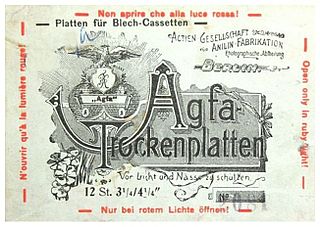
Photographic plates preceded photographic film as a capture medium in photography. The light-sensitive emulsion of silver salts was coated on a glass plate, typically thinner than common window glass. They were heavily used in the late 19th century and declined through the 20th. They were still used in some communities until the late 20th century.

A micrograph is an image, captured photographically or digitally, taken through a microscope or similar device to show a magnified image of an object. This is opposed to a macrograph or photomacrograph, an image which is also taken on a microscope but is only slightly magnified, usually less than 10 times. Micrography is the practice or art of using microscopes to make photographs. A photographic micrograph is a photomicrograph, and one taken with an electron microscope is an electron micrograph.
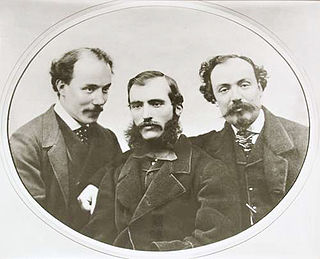
Fratelli Alinari is one of the world's oldest photographic firms, founded in Florence, Italy in 1852. Its archives contain 5.5 million photographs, ranging from daguerreotypes to modern digital photos from around the world.

Focus stacking – also called focal plane merging, z-stacking, or focus blending – is a digital image processing technique which combines multiple images taken at different focus distances to give a resulting image with a greater depth of field (DOF) than any of the individual source images. Focus stacking can be used in any situation where individual images have a very shallow depth of field; macro photography and optical microscopy are two typical examples. Focus stacking can also be useful in landscape photography.
The World Photography Organisation is a British company best known for its annual Sony World Photography Awards. The company was founded in 2007 by Scott Gray, and is now a subsidiary of Gray's art events company Creo.
Pieter Hugo is a South African photographer who primarily works in portraiture. He lives in Cape Town.

Wiki Loves Monuments (WLM) is an annual international photographic competition held during the month of September, organised worldwide by Wikipedia community members with the help of local Wikimedia affiliates across the globe. Participants take pictures of local historical monuments and heritage sites in their region, and upload them to Wikimedia Commons. The aim of event is to highlight the heritage sites of the participating countries with the goal to encourage people to capture pictures of these monuments, and to put them under a free licence which can then be re-used not only in Wikipedia but everywhere by everyone.

The Estonian Science Photo Competition is a photography competition that aims to popularize science and make more science related images freely available.

Mohammad Rakibul Hasan, also known as M R Hasan, is a Bangladeshi journalist, documentary photographer, photojournalist, filmmaker and visual artist. He has made black and white photographs about climate change, political violence and the Rohingya refugee crisis. He has also been practicing fine art photography and digital art for many years.

Wiki Loves Earth (WLE) is an annual international photographic competition held throughout May and June, organised worldwide by the Wikipedia community members with the help of local Wikimedia affiliates across the globe. Participants take pictures of local natural heritage and scenic landscape in their countries and upload them to Wikimedia Commons.
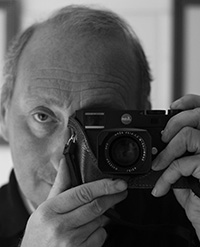
Marco Secchi is an Italian photographer and photo journalist. He works for Getty Images, worked for Corbis and specializes in political and social events, establishing himself as a significant voice in visual storytelling, capturing pivotal moments and figures across the globe. Secchi was the mind and one of the founding members of the alternative photography collective, #Awakening. He is also a teacher offering photography workshops or photowalks of locations like Venice, Milan, Scotland, Slovenia, Croatia, and Italy.
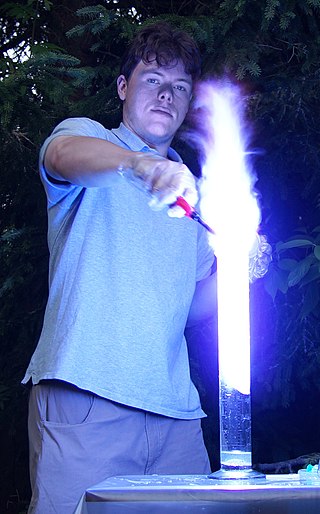
Maxim Bilovitskiy is an Estonian food scientist, Russian-language YouTuber, and scientific photographer.
Marco Panzetti is a documentary photographer, multimedia journalist and visual artist whose work focuses on the socio-environmental impact of contemporary issues related to the globalization process.

Austin Irving is an American contemporary artist and photographer.
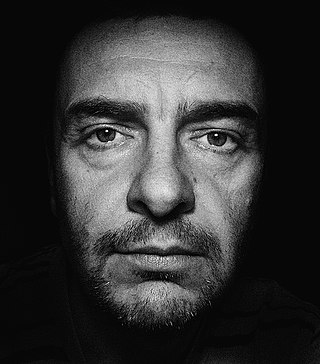
Robert Pranagal is a Polish photographer. He has won numerous awards and honors including the title of International Artist from The International Federation of Photographic Art (FIAP), the title of Excellence FIAP, and the artist title from the Polish Republic's Photoclub. Pranagal was born in Swidnik, Poland.
Nikon Small World is a photographic contest run by Nikon Instruments and a forum for showcasing the beauty and complexity of life as seen through the light microscope. It serves as a window into a world that can only be seen through the lens of an optical microscope. The contest comprises two separate competitions:

Andrew Rovenko is an Australian photographer of Ukrainian origin who is based in Melbourne. He is known for his award-winning Rocketgirl Chronicles series that was captured in Victoria's coronavirus lockdown. Rovenko was named 2021 Australian Photographer of the Year by the Australian Photography Magazine as well as 2022 Australasia's Top Emerging Photographer (Portrait) by the Capture Magazine
Dimpy Bhalotia is an Indian street photographer based in London and Mumbai. In 2020, she was one of the winners of the British Journal of Photography's Female in Focus Award, and won the Grand Prize Award in the iPhone Photography Awards.
Yevhen Samuchenko is a Ukrainian travel photographer and photo artist.






















